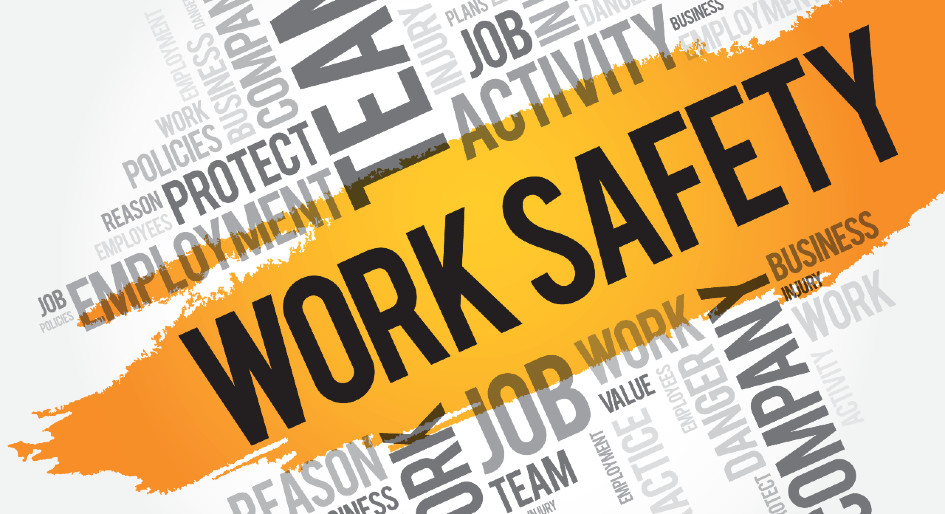A construction worksite is inherently challenging with many moving pieces. Dozens of workers intersect daily, each focused on their own set of responsibilities, tasks, processes, procedures, and deadlines – and HSE programs and safety cultures.
In this fast paced and dynamic environment, where multiple trades work simultaneously and consecutively in the same site or workspace, collaboration is crucial to safety. Even though there are regular meetings to coordinate things like schedules, access for deliveries, and staging areas, specific safety issues can get missed. And when people don’t work together effectively on safety, they put themselves and others at risk for injury – and we have all seen the tragic results.
When employers and workers fail to collaborate, they put themselves and others at risk for injury and sometimes the outcomes are tragic. In 2010 a worker was fatally injured by a 2800 lb. concrete wall form when it became unstable and tipped over when another worker was climbing it to receive the wall reinforcing. How workers are supervised, conduct themselves and how appropriate their training, programs, plans and procedures, and tools and equipment and personal protective equipment are to their safety is important also to the safety others
Most HSE programs and safety management systems focus on preventing their own workers from being exposed to hazards but often don’t consider how other workers, visitors to the site, or the public could be left unprotected and exposed. For example, concrete remediation workers are protected from respirable silica. While exposure control plans may focus on the source controls like wetting and HVAC controls, many of them also emphasize the use of individual respiratory protection. How can we communicate to others that they are safe from the clouds of concrete dust being generated?
To encourage continuous improvement in safety, all workers on site need to build relationships, collaborate, and work as a cohesive team focused not only on the safety of their own workers, but also the safety of others.
One of the best ways to promote collaboration is to implement a Worksite Safety Committee. When an employer and committee members commit the resources, leadership, vision, and expectations, they set the example and provide guidance for all others to follow.
Work planning must take a proactive role to identify hazards that could affect anyone on site, contain them (using tool/equipment lanyards and control zones, for example), and then communicate these safety risks and mitigation strategies to the other workers.
Trades in shared work areas can review each other’s field hazard assessments, which provides an understanding of each other’s scope of work, hazards, and mitigations. This is more common in industrial construction than commercial construction, where there have often been trades sharing the same workspaces with a very limited understanding of what the other does or how they could be impacting each other.
Everyone on site needs to be actively engaged with their work environment and the people in it in order to keep a strong focus on safety, and develop relationships where workers can collaborate on challenges that may impact the safety and productivity of others.
By engaging with industry associations, consultants and workplace regulators, employers can prepare themselves and their workers to collaborate more effectively when they mobilize on a project. Membership and participation in industry groups promotes common understanding, aligns expectations, and develops and promotes best practices, which brings constancy and uniformity to the industry and safety measures on our job sites.
Collaboration on safety is a shared responsibility. It is about relationships, caring, speaking up and working together for the benefit of everyone on, or visiting, a job site – to send everyone home safely at the end of the day. We build a lot of amazing things in construction and collaborative relationships may well be the most important.
Barry McCarthy is senior manager HS&E – Western Canada at Ledcor Construction.









